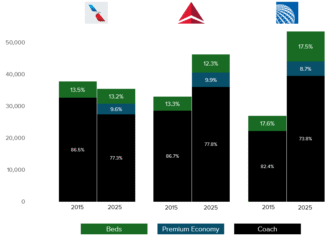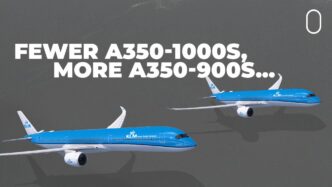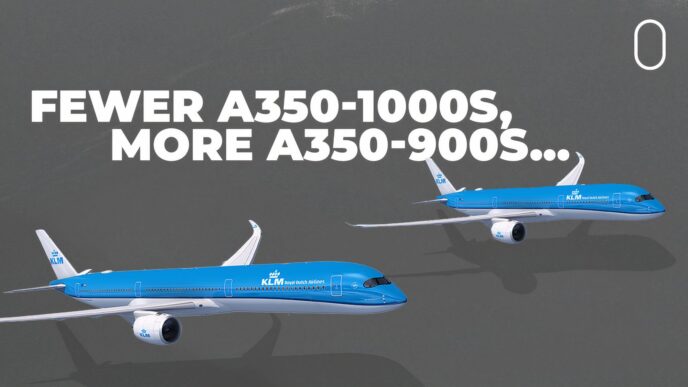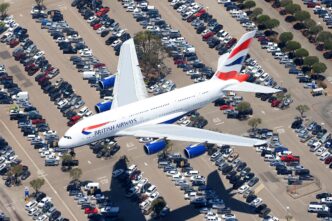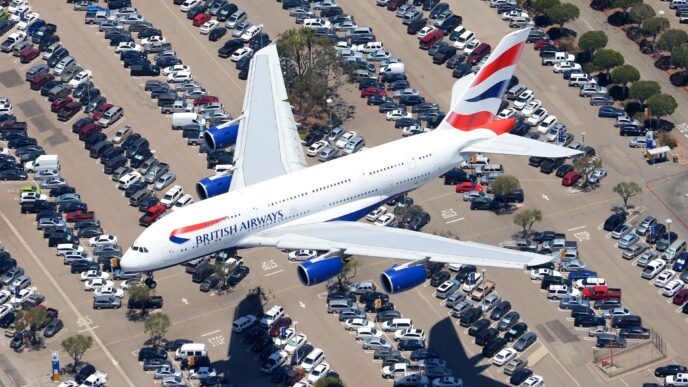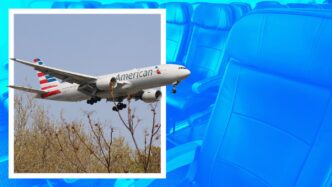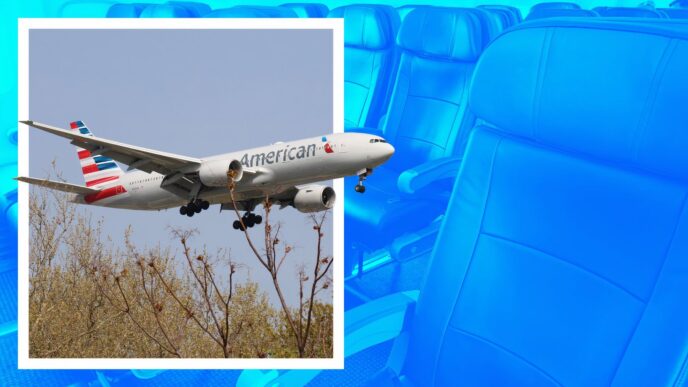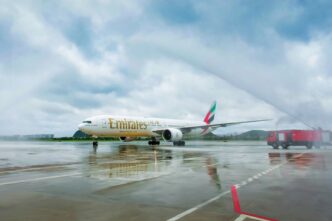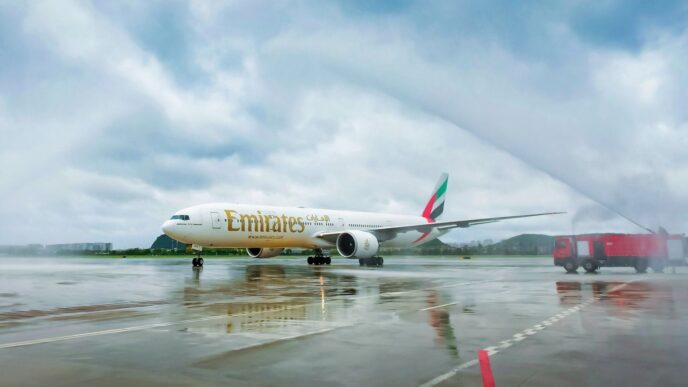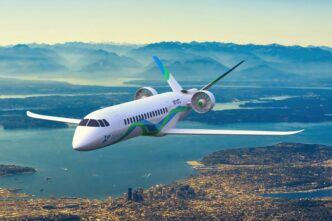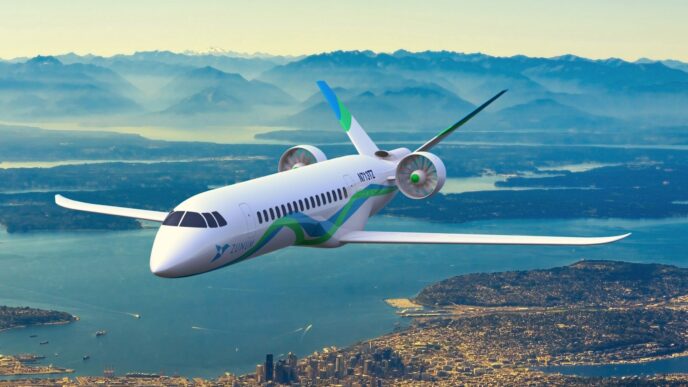Lately, I’ve been having a lot of offline chats about how airlines are configuring their aircraft and focusing on premium seating. So, I thought it was high time to dig into the details and see how things have shifted over the past decade among the major U.S. airlines. I expected some changes, but the extent of the differences really surprised me. Each of the Big 3—American, Delta, and United—has taken a unique approach.
To get a clear picture, I rolled up my sleeves and gathered data on the widebody fleets of these airlines, comparing today’s numbers with those from the end of 2015. While pulling the current fleet numbers was straightforward, figuring out the seat configurations from 2015 was a real challenge. My focus was solely on the physical number of seats on each widebody aircraft, not where they fly or how often.
As I delved deeper, I quickly realized the complexity of the task. Some fleets were particularly tricky to decipher, but I persevered and got as close as possible to accurate numbers. Just a heads-up: I only looked at widebodies, excluding United’s domestic B777s and a few of Delta’s domestic B767s from 2015. American was transitioning its B777s back then, and Delta’s B767s had multiple configurations, making it tough to track. United’s B777-200ERs had different setups from Continental and United, and I’ve accounted for those pre-Polaris configurations. Hopefully, this gives you a good sense of how these airlines have evolved their premium offerings over the years.
#AviationTrends #AirlineConfigurations #PremiumTravel
Originally reported by Cranky Flier Read More
